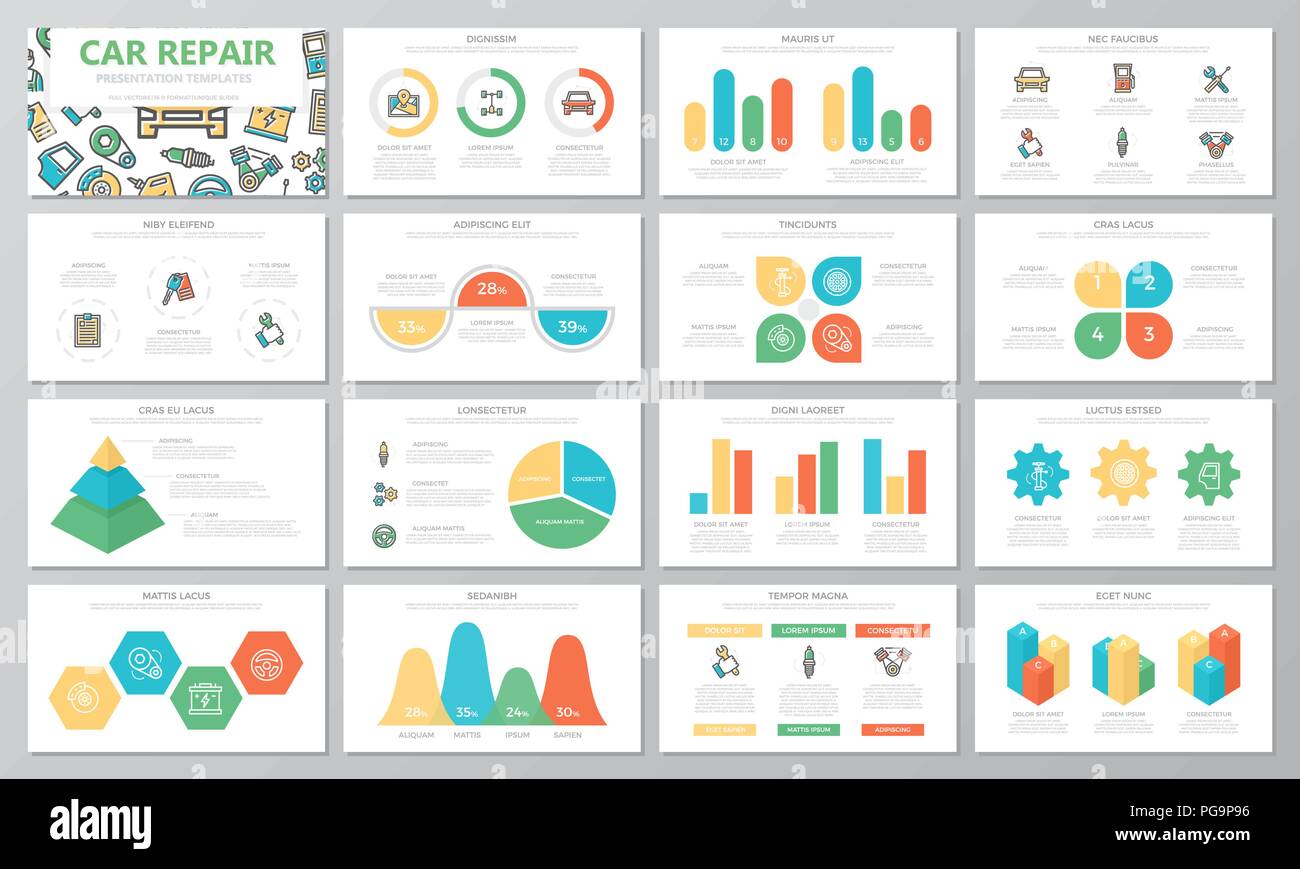Assessing Your Vehicle'S Caution Indicators: What They Actually Share
Assessing Your Vehicle'S Caution Indicators: What They Actually Share
Blog Article
Material Writer-Termansen Shepherd
When you lag the wheel, those glowing caution lights on your dashboard can be a bit perplexing. Do you recognize what they're trying to inform you about your auto's health and wellness? Understanding the significance of these lights is essential for your safety and the long life of your vehicle. So, the next time among those lights appears, would not you want to decode its message precisely and take the needed actions to resolve it?
Common Warning Lighting and Interpretations
Determine common caution lights in your automobile and recognize their significances to make sure risk-free driving.
The most regular warning lights consist of the check engine light, which indicates problems with the engine or emissions system. If this light begins, it's vital to have your automobile examined promptly.
The oil stress warning light suggests low oil stress, needing prompt interest to avoid engine damages.
A flashing battery light could suggest a defective billing system, potentially leaving you stranded otherwise resolved.
The tire pressure monitoring system (TPMS) light informs you to reduced tire stress, affecting lorry security and gas efficiency. Disregarding this can result in unsafe driving problems.
The abdominal light shows a problem with the anti-lock stopping system, jeopardizing your capability to stop swiftly in emergency situations.
Finally, hand car wash alerting light warns of engine getting too hot, which can lead to serious damage otherwise resolved quickly.
Understanding official source will aid you deal with problems without delay and maintain safe driving conditions.
Relevance of Prompt Attention
Recognizing the usual caution lights in your car is just the first step; the relevance of quickly resolving these cautions can't be emphasized sufficient to ensure your security on the road.
When a warning light illuminates on your control panel, it's your automobile's means of communicating a prospective problem that requires attention. Ignoring these cautions can lead to a lot more severe problems later on, compromising your security and potentially costing you more out of commission.
Motivate interest to alerting lights can protect against failures and crashes. For example, a flashing check engine light could show a misfire that, if left neglected, could cause damage to the catalytic converter. Resolving this promptly can conserve you from an expensive repair.
Similarly, a brake system cautioning light may signal reduced brake fluid or worn brake pads, critical parts for your safety and security when driving.
Do It Yourself Troubleshooting Tips
If you discover a caution light on your dashboard, there are a couple of do it yourself repairing ideas you can attempt before seeking professional help.
The initial step is to consult your cars and truck's guidebook to recognize what the certain caution light indicates. Occasionally the problem can be as basic as a loose gas cap activating the check engine light. Tightening up the gas cap may settle the trouble.
An additional common problem is a low battery, which can set off numerous cautioning lights. Checking the battery links for corrosion and guaranteeing they're safe and secure may fix the issue.
If a caution light persists, you can try resetting it by detaching the cars and truck's battery for a couple of minutes and afterwards reconnecting it. In addition, inspecting your automobile's fluid degrees, such as oil, coolant, and brake liquid, can help troubleshoot cautioning lights related to these systems.
Verdict
To conclude, comprehending your vehicle's caution lights is important for maintaining your lorry running smoothly and securely. By quickly addressing these alerts and recognizing what they imply, you can avoid costly repair work and potential malfunctions.
Bear in mind to consult your auto's handbook for particular details on each advising light and act accordingly to ensure a hassle-free driving experience.
Keep educated, remain safe when driving!
